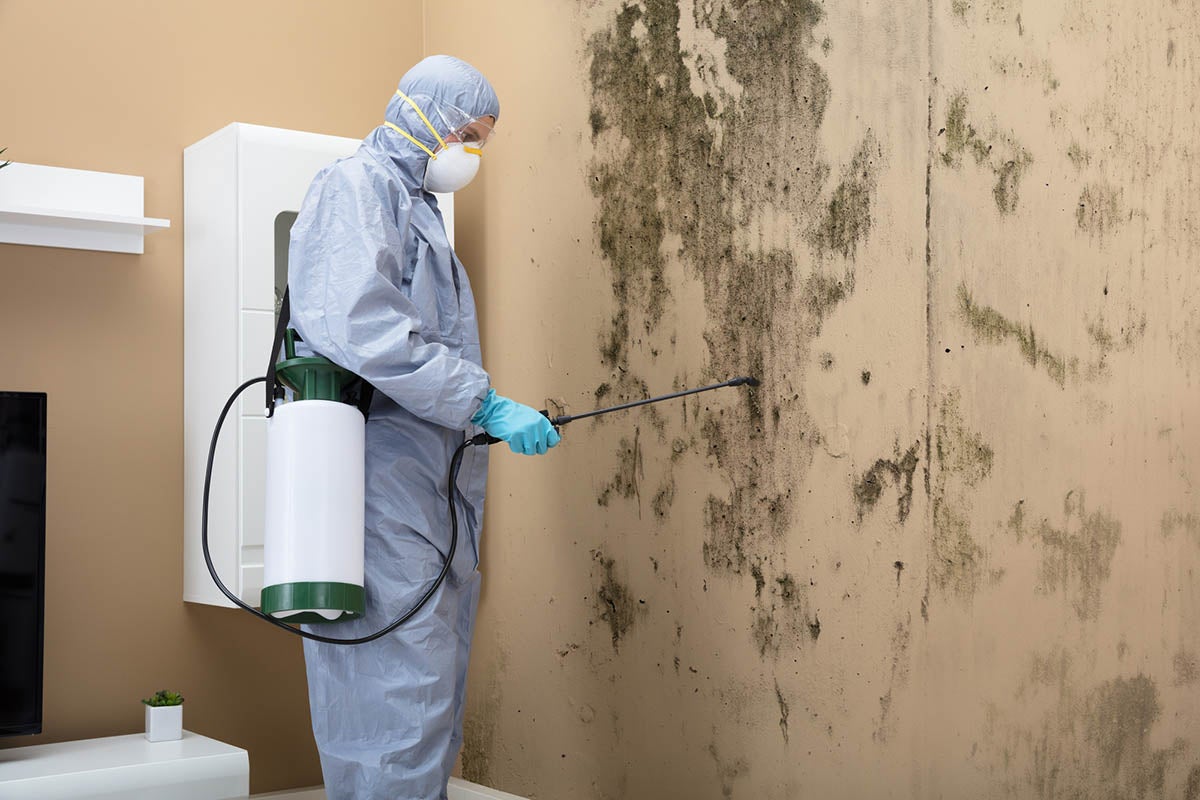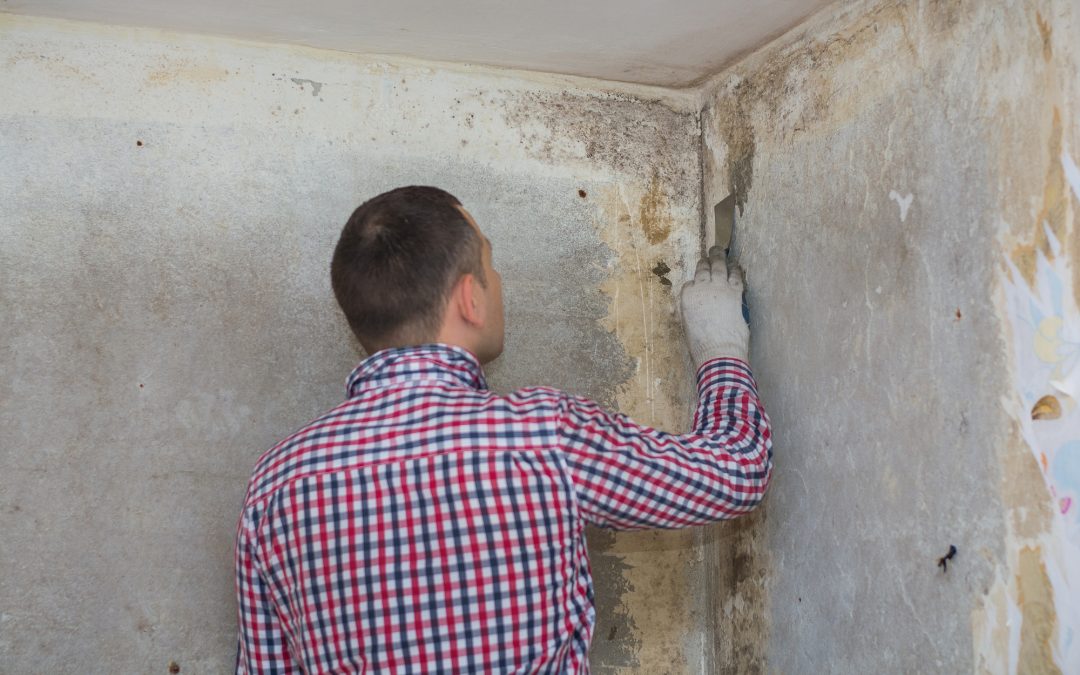After Mold Remediation Techniques for Clean Spaces
Effective Blog Post Mold And Mildew Removal Solutions for Your Home
Mold and mildew growth in homes can be a consistent problem, often calling for a methodical approach for efficient post-remediation remedies. From comprehending the factors that add to mold advancement to carrying out appropriate cleaning techniques and dampness control steps, the procedure can be detailed yet vital for maintaining a healthy and balanced living environment. what to do after mold remediation.
Understanding Mold And Mildew Growth Aspects
Mold and mildew growth is influenced by a range of factors that are vital to comprehend in order to efficiently attend to and stop its proliferation. Comprehending these aspects is crucial in implementing effective mold removal approaches. The main factor contributing to mold development is moisture. Mold spores require wetness to sprout and thrive, making moist or moist settings very susceptible to mold infestations. Poor ventilation can also bring about moisture buildup, creating a suitable reproduction ground for mold and mildew.

In addition, airflow and light direct exposure can affect mold development. Areas that lack proper ventilation and natural light are much more prone to mold advancement. By attending to these factors thoroughly, people can efficiently minimize mold and mildew growth and protect their living settings.
Appropriate Mold And Mildew Cleansing Techniques
Using effective cleaning approaches is important in attending to and protecting against the reappearance of mold and mildew contamination in interior atmospheres. The very first step in appropriate mold cleaning is to contain the damaged location to protect against the spread of spores to unpolluted areas.

Carrying Out Moisture Control Actions
To properly avoid mold development and contamination in indoor settings, carrying out moisture control actions is paramount. In addition, making sure proper air flow in areas vulnerable to moisture buildup, such as cooking areas and restrooms, can aid minimize the threat of mold development. By faithfully carrying out these moisture control procedures, property owners can properly decrease the chance of mold and mildew recontamination and preserve a healthy and balanced indoor atmosphere.
Making Use Of Natural Remediation Solutions
After successfully applying moisture control procedures to stop mold growth in interior environments, house owners can now check out the performance of all-natural remediation services in preserving a healthy and balanced home. Natural remediation remedies make use of eco-friendly techniques to deal with top article mold and mildew and mold, making them a preferred choice for those seeking safe alternatives. One such option is using vinegar, a natural antimicrobial representative, to clean and disinfect surface areas contaminated by mold. Merely water down vinegar with water and spray it onto the affected areas, allowing it to sit for a couple of hours prior to wiping tidy. Additionally, tea tree oil, recognized for its antifungal buildings, can be mixed with water and sprayed onto mold-infested surfaces to hinder additional development. An additional all-natural choice is hydrogen peroxide, which can successfully eliminate mold on numerous surface areas without leaving unsafe deposits behind. By including these all-natural removal services into their cleaning routines, property owners can efficiently combat mold development while advertising a much healthier indoor environment for themselves and their family members.

Keeping a Mold-Free Environment
Regularly evaluating locations susceptible to mold growth, such as bathrooms, kitchens, basements, and attic rooms, is essential. Proper ventilation in Go Here locations with high humidity degrees is likewise key to protecting against mold and mildew growth.
Additionally, preserving cleanliness in the home is important for mold and mildew prevention. Routinely cleansing and cleaning surface areas, carpetings, and furniture can aid remove mold and mildew spores before they have an opportunity to multiply and work out. Using mold-resistant products for construction products and furnishings can better help in producing a mold-free setting. Maintaining interior plants in check and making sure appropriate water drainage in exterior landscape design can decrease dampness accumulation, minimizing the probability of mold invasions. By adhering to these positive upkeep techniques, property owners can efficiently promote a mold-free living space.
Final Thought
To conclude, it is necessary to resolve mold and mildew growth factors, make use of proper cleaning methods, execute wetness control procedures, utilize natural removal options, and keep a mold-free environment in order to efficiently manage message mold remediation in your house - After mold remediation. By adhering to these methods, you can avoid mold from repeating and make certain a healthy living setting for you and your family members
The key variable contributing to mold growth is More Info wetness. Mold and mildew spores need dampness to sprout and flourish, making moist or damp environments very prone to mold problems.To properly stop mold growth and contamination in interior settings, carrying out moisture control actions is paramount. Additionally, ensuring proper ventilation in locations prone to moisture buildup, such as bathrooms and kitchens, can aid reduce the threat of mold and mildew development.After successfully executing wetness control measures to prevent mold and mildew development in interior settings, property owners can now check out the effectiveness of all-natural removal solutions in maintaining a healthy and balanced living area.